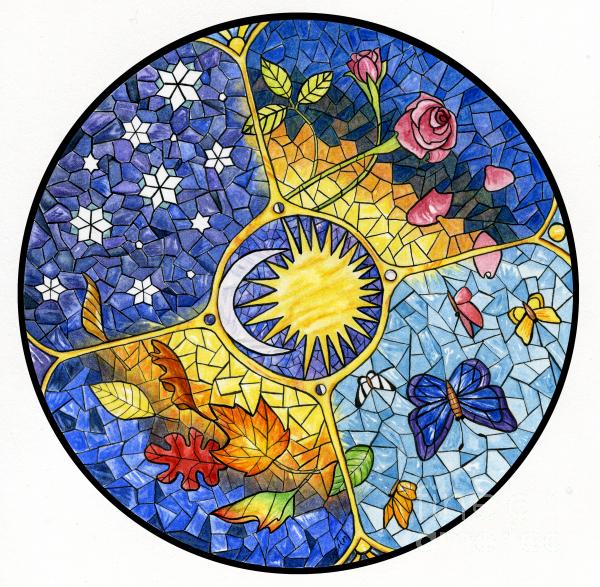just read in discover that those bacteria in our guts are so unique to us individually it can be used as a form of identification as no two humans have the same bacterial combinations.
Yes. This was of interest to me also. Given the importance of bacteria to the whole biosphere, one cannot help but wonder what effects our indiscriminate tactics of 'search out and destroy all harmful germs' may be having upon ourselves.
Our perception of 'harmful' may be alarmingly short-sighted when one looks at the bigger picture. :bugeye:
Science has given us some marvelous tools, but we may be finding that many of them are double-edged, like the proverbial sword.



